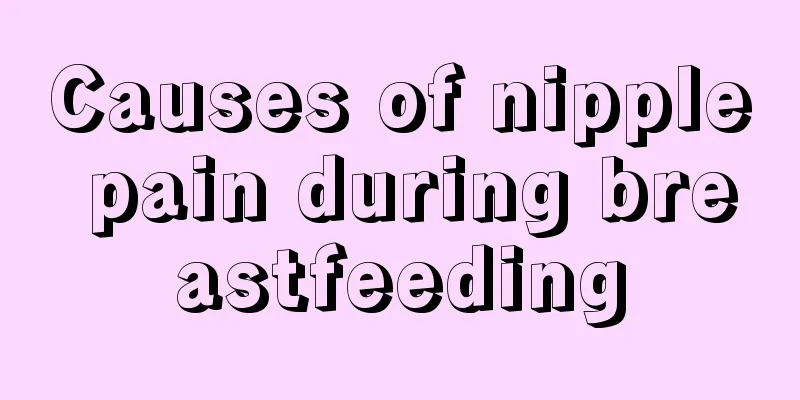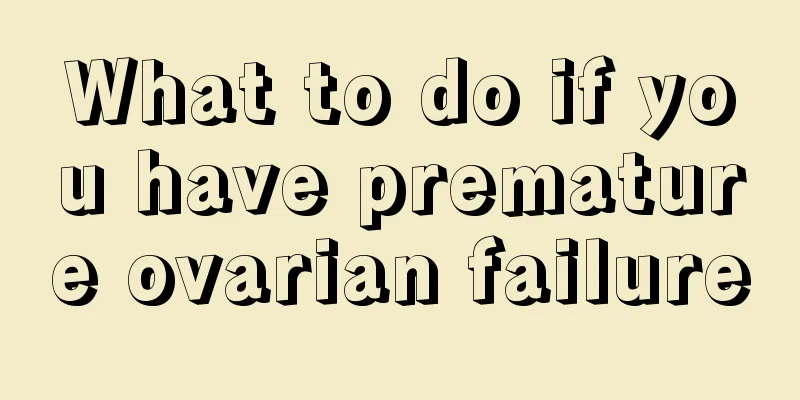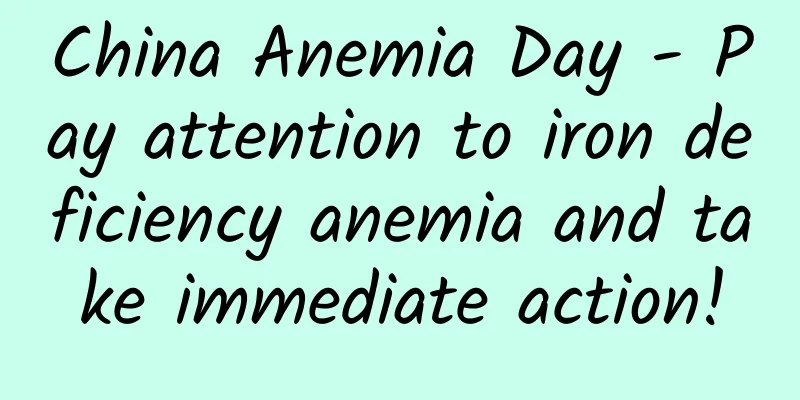Causes of nipple pain during breastfeeding

|
In daily life, many breastfeeding mothers will encounter this phenomenon. Because the baby constantly sucks on their nipples, or holds their nipples in their mouths, over time, it will cause nipple pain. Especially in the summer when the weather is very dry, it will cause nipple cracking if you are not careful. So what is the cause of nipple pain during breastfeeding and how to deal with it! Nipple pain during breastfeeding may be caused by: First, the most common cause of nipple pain is improper sucking by the baby. When the baby sucks the nipple, he does not take enough of the areola into his mouth, but only holds the top of the nipple. Repeated sucking causes nipple pain. Second, when the baby sucks, the mother feels a tingling pain in the nipple, which may be caused by nipple fissures. Causes of nipple cracks include improper sucking by the baby, application of alcohol and soap on the mother's nipples, or oral motor dysfunction in the baby. Appropriate adjustments can be made based on the following reasons: 1. Before breastfeeding, the mother should take a comfortable position and apply a hot and wet towel to the breasts and areola for 3-5 minutes. At the same time, massage the breasts to stimulate the milk ejection reflex and squeeze out some milk. This will soften the areola and make it easier for the baby to suck. 2. First breastfeed with the breast that hurts less, and make sure to put most of the nipple and areola into the baby's mouth. Also pay attention to changing the baby's feeding position to reduce the stimulation of the nipple caused by sucking. 3. If breastfeeding needs to be stopped due to other reasons, the mother should gently press the baby's lower jaw with her index finger, and the baby will automatically spit out the nipple. Never pull out the nipple forcibly, as this will damage the nipple. 4. If nipple cracks have occurred, squeeze out some milk after breastfeeding, apply it on the nipples and areola, and wait for it to dry naturally. 5. Because the nipple skin is relatively delicate, especially the nipples of first-time mothers are thinner and more tender, and the nipples are easily cracked due to being soaked in the baby's saliva for a long time. Therefore, each feeding time should not be too long, generally 15 to 20 minutes is appropriate, and do not let the baby sleep with the nipple in his mouth. In fact, many mothers like to let their babies fall asleep quickly, so they choose to let their children sleep with their nipples in their mouths. However, this phenomenon will create bad habits for children and will also be a major factor in nipple pain during breastfeeding. |
<<: What is the size of the ovaries?
>>: What is the cause of pregnancy line?
Recommend
What is the body temperature before menstruation?
There will be many changes in women's bodies ...
Is it normal to have excessive vaginal discharge during pregnancy?
After pregnancy, women have always felt very anxi...
Clinical Essentials | Risk Factors and Prevention of Catheter-Related Bloodstream Infection in Hemodialysis Patients
Catheter-related bloodstream infection (CRBSI) is...
Can I do scraping if I have little menstrual flow?
Too little menstrual flow is actually a phenomeno...
If you don’t want to get darker and older, you have to do this 365 days a year!
Sun protection, as the most basic skin care conce...
After a woman's ovaries become diseased, her private parts will become thicker
When beauties first consider weight loss methods ...
Is swimming crab a seafood? How to steam swimming crab?
The swimming crab, also known as the three-spotte...
The probability of pregnancy during one ovulation period
Some women have sex after calculating their ovula...
My period suddenly came after a year
Generally speaking, women start to have their per...
[Diet and Health] The four major functions and effects of jujube water!
Jujube is a kind of food that many people like to...
How to treat vaginal pain caused by vaginal foreign bodies
Vaginal abnormalities mostly occur in infants or ...
What to do if your uterus prolapses after cesarean section
The symptoms of uterine prolapse after cesarean s...
What should I do if the episiotomy wound line is broken?
In the eyes of some pregnant women, the wound fro...









